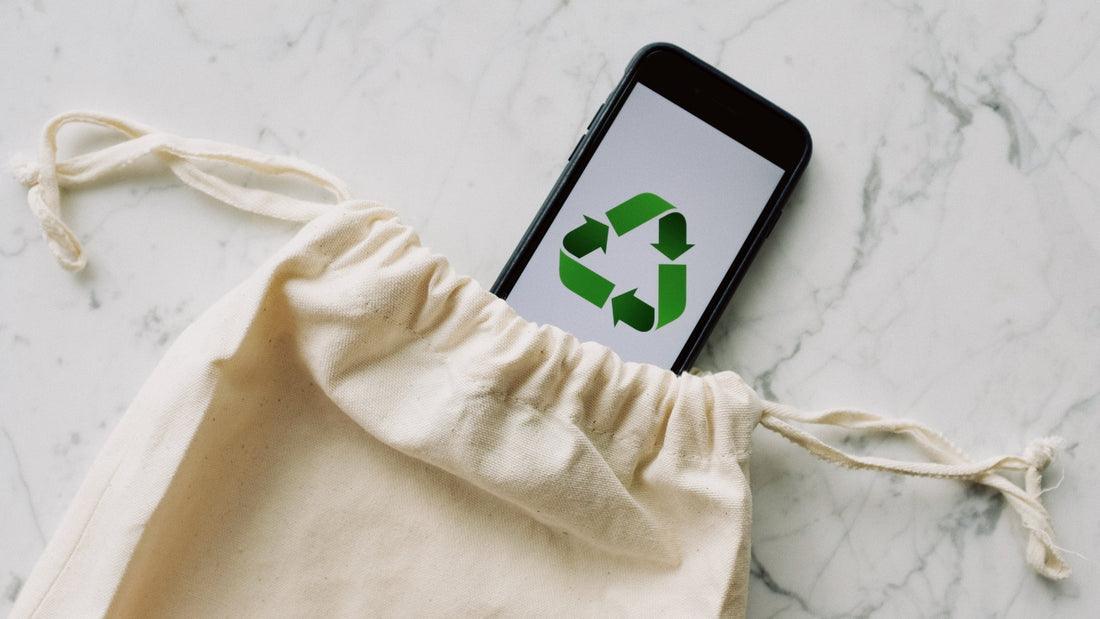
14 Eco-Friendly Shopping Tips for a Planet-Conscious Lifestyle
Share
Shopping is something we all do, whether it’s for groceries, clothes, or home essentials. But have you ever thought about how your shopping habits impact the planet? From excessive packaging to carbon-heavy deliveries, every purchase makes a difference. The good news? You don’t have to stop shopping—you just need to shop smarter! Here are 14 easy ways to be more mindful of the environment when making purchases.
1. Be Aware of Your Carbon Footprint
Every product has a hidden cost—the resources used to make it, transport it, and dispose of it. Many brands with their transparent working model shows how conscious they are in crafting the product and thus you can understand the carbon footprint of your purchases and stay peaceful with the fact that you are making an eco-friendly choice.
2. Buy for the Long Run, Not Just the Moment
Trendy, cheaply made items may be tempting, but they usually don’t last long. Instead, invest in high-quality, durable products that won’t fall apart after a few uses. This reduces waste and saves your money in the long run!
3. Support Local Businesses
Buying from local shops and farmers’ markets not only supports your community but also reduces carbon emissions from long-distance transportation. Plus, locally sourced goods often come with less plastic packaging.
4. Choose Energy-Efficient Products
Before buying a new appliance or gadget, check for energy-efficient labels like Energy Star. These products use less electricity, helping both the planet and your wallet.
5. Buy Items That Can Be Repaired
Instead of replacing broken items, look for brands that offer repair services or products designed for easy fixing.
6. Opt for Slower, Grouped Deliveries
Fast shipping may be convenient, but it’s not great for the planet. Choosing standard or grouped delivery options helps businesses optimize transportation routes, reducing emissions from multiple shipments.
7. Rent Instead of Buying
Need an outfit for a special occasion? A power drill for a one-time project? Renting instead of buying is an easy way to reduce waste. Platforms like Rent the Runway and tool libraries make it easy to access what you need without cluttering your home.
8. Research Brands Before You Buy
Before making a purchase, take a moment to check the brand’s sustainability practices. Do they use eco-friendly materials? Are their workers treated fairly? Websites like Ethical Consumer and Good On You can help you make informed decisions.
9. Choose Sustainable Materials
The materials in your products matter. Look for clothing made from organic cotton, hemp, or bamboo, and opt for household goods made from recycled materials or sustainably sourced wood. Likewise when you look for skin care look for clean un processed oils, herbs etc.
10. Shop Second-Hand
Second-hand doesn’t mean second-best! Thrift stores, vintage shops, and online marketplaces like Depop and Facebook Marketplace offer great finds while keeping items out of landfills.
11. Go Digital When Possible
Whenever you can, switch to digital alternatives to reduce waste. Instead of buying paper books, consider e-books or audiobooks. Swap physical receipts for digital ones. Small changes like these add up!
12. Buy Versatile, Multi-Use Products
Why buy three separate products when one can do the job? Examples of great multi-use items include:
Castile soap, which works as shampoo, body wash, and household cleaner.
Makeup sticks, which can be used for lips, cheeks, and eyes.
Convertible clothing, like scarves that double as wraps or bags.
13. Avoid Excess Packaging
Excessive packaging creates unnecessary waste. Whenever possible, choose products with minimal, recyclable, or compostable packaging. Bring your own reusable bags, containers, and coffee cups when shopping in person.
14. Avoid chemical based products
Gentle, plant based or say clean products are good for both skin care and environment as whatever is sourced from plants goes back to the soil and does no harm hence always focus on products that are absolutely free from nasties.
Being eco-conscious doesn’t mean giving up shopping—it just means making smarter choices. Whether it’s supporting ethical brands, shopping second-hand, or reducing packaging waste, small actions can lead to big change. So next time you’re about to buy something, ask yourself: Is this the most sustainable option? If not, there’s always a better way! Let’s shop responsibly and make every purchase count.
